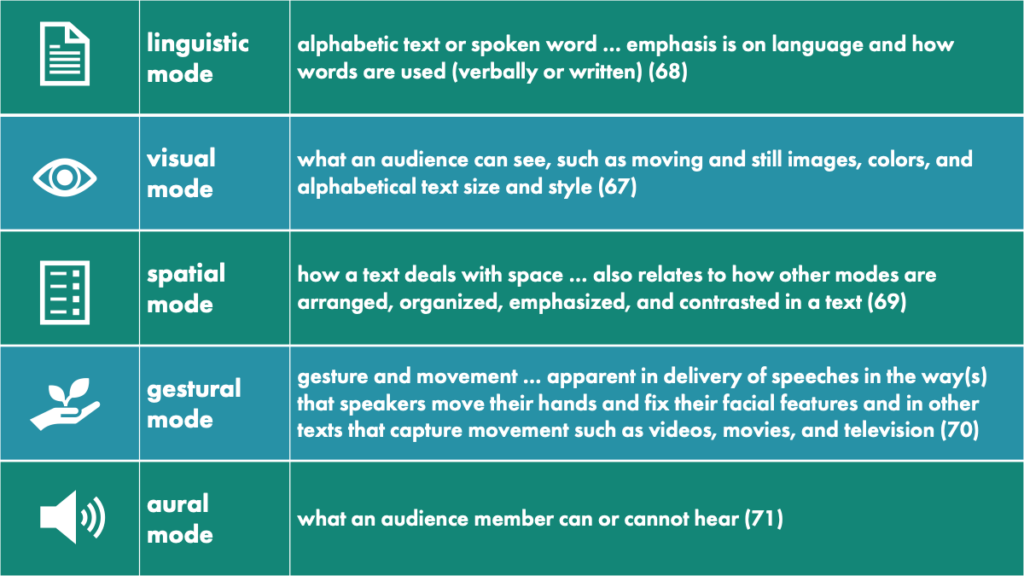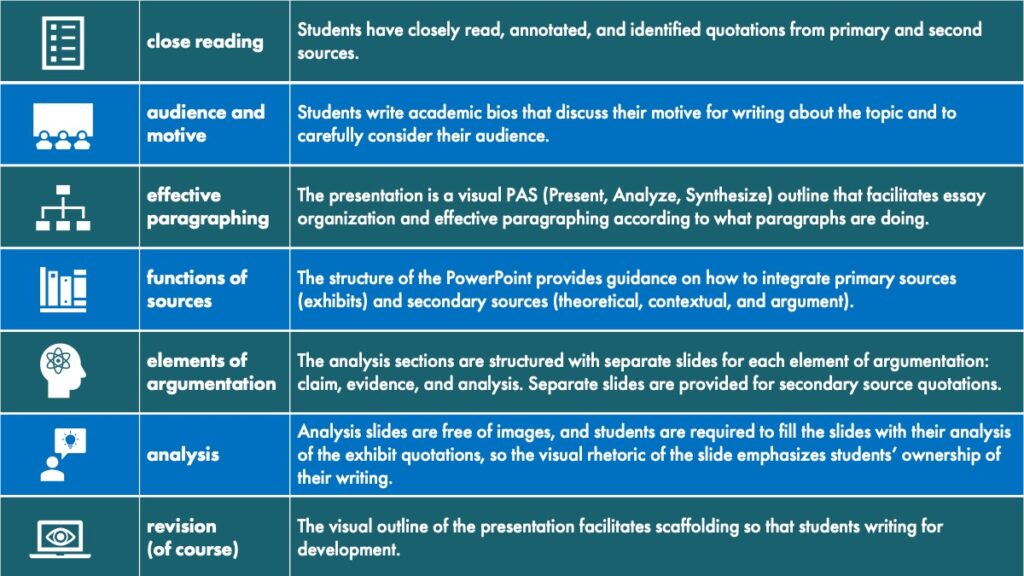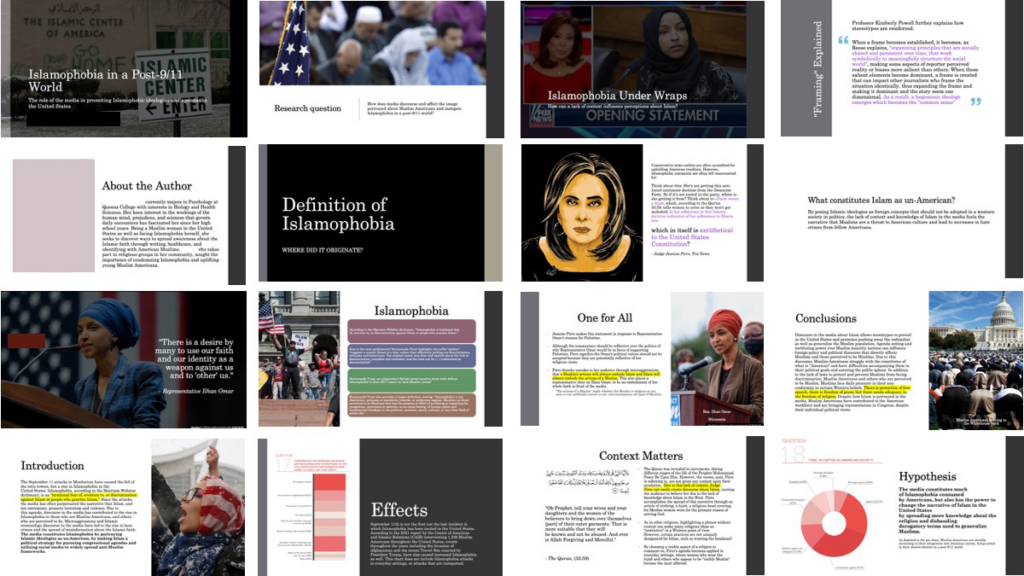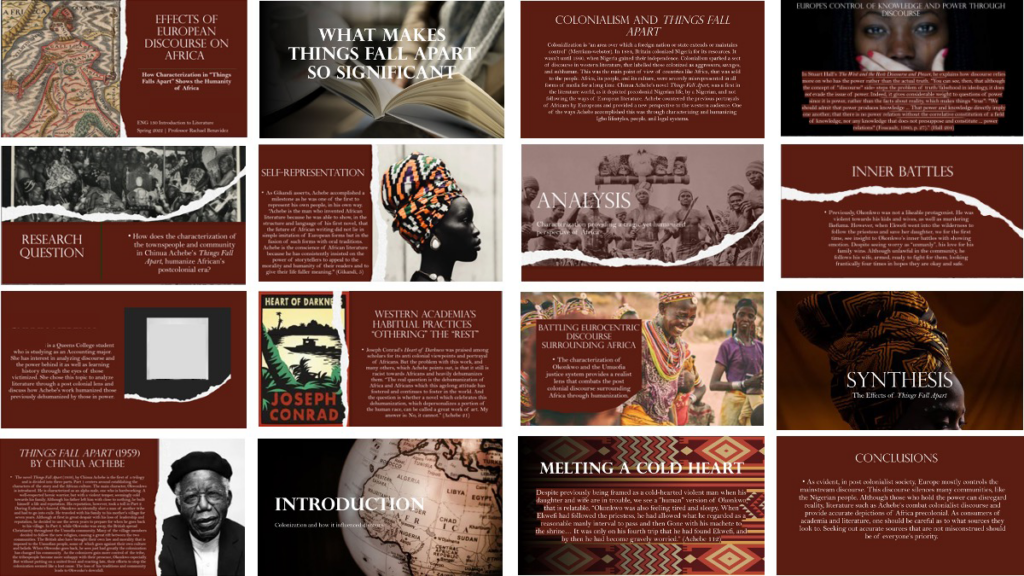I first learned the importance of process in France in 1978. I was an undergrad escapee from an Illinois college town surrounded by cornfields. Writing, reading, and language were my passions. But at the time and place of my undergraduate education, English majors studied the old-fashioned anglophone canon, which meant, literally, white men from England, and sometimes from Ireland or the US. Everything else was considered “sociology.” In practice this usually meant that all writers of color and all women writers of any background were excluded.
My disappointment and frustration were profound. Then an academic advisor suggested I switch to French; they told me I could use my Illinois State Scholarship (a needs-based, non-merit program no longer in existence) to study in the college’s junior-year-abroad program in France.
As an undiagnosed neurodivergent 20-year-old second-generation American white woman college student in 1978, I did not think about the future. At the time, heavy postgraduate student loans payments and the inflation-compromised rates of exchange for the US dollar were not on my radar screen. Instead, I felt deeply that leaving Illinois and the United States for 9 months would, as James Baldwin has suggested about exile, “save my life.”
And my 9 months in France saved and changed my life in an everyday practical sense– and in perceptions that are often beyond my immediate understanding.
+++
In France, I took my first painting courses. All of our classes in the program were graded pass/fail. This meant that I could experiment with unfamiliar disciplines without worrying about grades. Also, my art classes were taught only in French, and there were few, if any, anglophone students available for commiseration or translation. I learned to speak French because of the painting courses, and I also learned about Process.
Process meant slowing everything down. Rather than making several paintings with different subjects or styles, I focused on 1 painting for most of the semester, an oil painting of a statue. I was instructed to draw the statue first, then fill in the drawing with small brushstrokes of color. I would not map out the colors in advance, but use my palette, my brushes, and my intuition what colors would work best.
This art-making process, in retrospect, seems very much like Peter Elbow’s process-based freewriting that was in vogue when I began grad school in English in 1986. But that was still several years away.
+++
In 1985, in the midst of high unemployment and closing factories in the Midwestern rust belt suburb where we were living, my partner and I decided to go to grad school. They would work as a teaching assistant in English, and I would study art and art history and take out student loans. For both of us, this course of action seemed preferable to unemployment.
At that time, my sub-standard GRE scores, below average undergraduate GPA, and general lack of interest in the formal study of literature kept me out of the English department. We would live in the Northern Appalachian town where public university was located, and where the cost of living would be much lower.
In grad school, at first I painted in oils and acrylics on flat canvases, using the stream-of-consciousness process. Eventually, through that process, 3D shapes began to emerge from the paintings. These were the dolls I had learned to make in textile class, covered in Gesso and highlighted with deep blue and green nail polish. The painting professor was encouraging. Grad school was a time for experimentation that might not be available in the future, even as the future still felt too far away to be certain or predictable.
+++

Throughout that first year of grad school, my partner came home from class and we would discuss their teaching. To my initial surprise, my partner taught first-year writing (a course I had not taken as an undergraduate), not literature. I was intrigued by our discussions, and I began to imagine teaching first-year writing myself. While still immersed in art and art history and no longer having to struggle with math and science gen ed requirements, my GPA improved substantially from my undergraduate struggles.
At the same time, I learned from my art history professors that, because of limited funding, I could not count on a teaching assistantship in my second academic year of the Masters program.
With that in mind, I applied to transfer to the English Department for a graduate teaching assistantship, and I began teaching first-year writing in Fall 1986.
+++
As an English teaching assistant, first in the MA program, and later in my PhD program at a much larger northern Appalachian public university, I learned different approaches to teaching the writing process, all of which felt antithetical to growing students’ writing, and much different from my stream-of-consciousness art-making processes.
At that time, we had no internet and no social media. Writing meant words only, and not electronic or virtual multimedia. We still used paper and pen to compose, and, as my partner reminds me, mimeograph machines to reproduce our assignments and syllabi.
The process approach required in my MA program included conferences on rough drafts of all major papers with all students. In memory, this was approximately 4-5 major papers in a 10 week term on the quarter system. Drafts were submitted in advance, and every draft required the teacher’s comments in advance of the conferences. All too soon the novelty of teaching writing wore off, and exhaustion set in.
Additionally, in our MA program, we were told not to give the students any readings outside of boilerplate textbook directions. Outside readings, as I recall, were thought to interfere with the spontaneity of the writing process. Process, in this case, meant that students were to write from their own experiences.
+++
In my doctoral program, readings were allowed in first-year writing, but only if history and context were excluded, and only if the course was general first-year writing. Readings were to be used to analyze how arguments were constructed, with a heavy emphasis on logos, ethos, and pathos. In practice, this meant reading “diverse” arguments such as Martin Luther King Jr.’s “Letter from a Birmingham Jail” or James Baldwin’s “If Black English isn’t a Language, Tell Me What Is?” without reference to the Civil Rights Movement and without any historical context at all. We were to study only how (but not WHY) the text used specific argumentative strategies.
In both programs, the study of literature (or literary texts), including reading whole books together as a class, was reserved for honors sections of First-Year Writing. In Basic Writing no texts, either literary or rhetorical, were to be used in the classroom. The readings, it was suggested, would become the central focus of the course, and the writing process would not be prioritized
These approaches to the writing process seemed to call on New Criticism, a literary analysis strategy that excluded any concern outside the text, including all considerations of positionality and historical context. At the same time, in the 1980s and 1990s, I was studying what were then somewhat newer approaches to literary theory, including Reader Response, Deconstruction, and (what in that era was called) Multiculturalism. In the second year of my PhD studies, I took on a doctoral minor in theory, criticism, and aesthetics. With the English department required courses in canonical Anglophone literature and language out of the way, I did most of the rest of my coursework in the Comparative Literature and Philosophy departments. I was studying French again as well, and took a deep and refreshing dive into French feminisms.
+++
The contradictions between what I was learning in theory classes and what I was required to teach seemed irreconcilable. So I did what many of us did before (and, of course, long after) we had access to the internet. We improvised.
For instance, my graduate student and non-tenure-track colleagues and I used xerox machines and copy centers to make prohibited coursepacks of readings in literature, rhetoric, history, and other aspects of cultural studies and the writing process that we considered critical for our students’ growth as writers. How could students learn to write without reading or to analyze what they read without understanding a multiplicity of contexts for writing? What was college for in the late-20th-century?
A great technological change was on the horizon, even as that change creeped in so softly and slowly in northern Appalachia that it was barely noticeable to many of us.
++
Improvisation continued unabated. In 1993 my partner and I defended our dissertations and received our doctoral hoods, but we had still not secured full-time employment and our long-deferred student loan repayments appeared on the near horizon. Inflation and unemployment still lingered. We did have summer school work, and the promise of adjunct work on campus in the fall. But even with the lower cost of living in northern Appalachia, part-time work did not seem sufficient and there would be no financial support from either of our families.
That summer, I was assigned to teach a basic writing course. “Basic Writing” was a remediation requirement for all students with low college placement test scores. With a few exceptions, the students had graduated from local high schools only weeks before, and were living at home, hoping to clear the remediation requirement before the beginning of the regular semester that fall.
The Basic Writing course did not offer credit for graduation or transfer, and could be used only to fulfill financial aid enrollment requirements. Students in remediation had even more stringent restrictions on what they could or could not read. The thought was that without reading, the students could focus more intently on “the writing process.”

+++
The summer of 1993 remains one of my most indelible memories of improvisation. Spike Lee’s 1992 film version of The Autobiography of Malcolm X (with a script adapted from James Baldwin’s original never-produced screenplay) was at the height of popularity. X swag was everywhere, even at our predominantly white university (PWI) in our small rural college town.
That popularity extended to a new paperback edition of The Autobiography of Malcolm X (created in part through interviews with Alex Haley). The college bookstore stocked abundant copies of The Autobiography, prominently displayed on a table near the cash registers. With this confluence of events, after turning in my official syllabus to the department, I added The Autobiography to the students’ version of the course syllabus. Additionally, a grad student colleague loaned me a bootleg video of Spike Lee’s Malcolm X movie that the students and I watched together in class on a VCR.
In memory, I recall serious discussions under shady apple trees next to the agriculture building. Reading, despite departmental prohibitions, was an integral part of the writing process. While I was not as familiar with and would not have used the term kairos at the time (that would come later), our main consideration was the immediacy, timeliness, and historical and cultural contexts of The Autobiography of Malcolm X, first published in 1965 in the wake of Malcolm’s assassination.
With the word “text” more broadly defined to include multimedia, the students in the basic writing class undertook a thorough examination of The Autobiography, as well as Spike Lee’s film version. We analyzed similarities and differences we found in the book and the film and discussed what each retelling of Malcolm X’s life emphasized, and what was left out. Our class was mostly, but not entirely white, and there were uncomfortable moments. But we tried, if imperfectly, to grow a greater understanding of the various interpretations of Malcolm’s life, and the appeals to audience made in both the book and the film.
Geographically, as well as rhetorically, because of our deep immersion in historical and then-current popular culture contexts (kairos), our class was located far away from the English Department offices.
But this is not a hero’s story. Many of us broke the rules, quietly and without fanfare. Mostly, we did not abandon writing process work. We still taught the 3 appeals of logos, ethos, and pathos. We still assigned journals (in notebooks that weighed down our backpacks!), rough drafts, and multiple revisions, and the differences between editing and proofreading. In other words, we were learning how and why immersion in the processes of writing matter to undergraduate education. In other words, we were learning how and why to teach.
+++
The writing process seems even more relevant in 2025, although the world has changed immeasurably since the late 1980s and early 1990s. Students are living and attending college in the wake of vast cost increases in college tuition and fees, as well as in healthcare, food, housing, transportation, and other necessities, while state and federal aid for college students continues to decrease dramatically. The Illinois State Scholarship that helped pay for my school year in France, as well as many other similar non-merit, needs-based state scholarships no longer exist.
At the same time, students are expected to own electronic devices, to compose and submit their assignments, increasing the costs of a college education, even as such costs are not included on the bill from the bursar’s office. Under financial strain and in the midst of multitasking, students might experience an imperative to finish writing assignments quickly. An assignment becomes one more item to complete on an already too long to-do list. Among other items, that to-do list might include multiple jobs, childcare, and elder care, and other everyday realities that, in the wake of the exigencies of the pandemic, have become the responsibilities of individuals, rather than the shared concerns of communities.
Even so, sustainable growth in writing cannot be done quickly. Farming out the production of an essay to AI cannot sustain growth. Students are not machines and an essay is not a commodity.
Instead, process pedagogy offers students an opportunity to slow down, and to experience the incremental processes of allowing the form of an essay to emerge from the materials that the writer has at hand: not only electronic devices, but students’ lived experiences and active reading and analysis of a variety of texts, including multimedia.
+++
So my teaching practice has shifted over time. Journals and drafts began to seem very disconnected from the process of allowing an essay to emerge. Students struggled with seeing the connection between a free-flowing journal entry or draft, and the final writing project essay.
I struggled with this new development. It was difficult to let go of the idea of an emergent process that evolves as the writer grows a deeper understanding of form and content. I still wished, as unrealistic as it might seem, that every student could experience a process similar to the emergence of my statue painting in art class.
Nevertheless, I soon discovered that an essay, like a painting, can emerge through a seemingly linear process of specific steps undertaken to achieve a clear goal. This linear process, in fact, seemed very similar to the more fluid writing process we were taught in grad school: proposing, drafting, revision. When the metaphor changed from a flowing stream to concrete building blocks, the process of completing specific steps seemed to offer enough structure, and even comfort, for students to shape and grow their own writing over time.
In practice, my writing project assignments now have 5 component parts that include process work and a completed essay, as follows:
- Response: invites students to carefully read the writing project assignment to discern and summarize the requirements, as well as to voice questions and concerns about any aspect of the project.
- Proposal: asks students to select a prompt from a choice of 3, to explain why they chose the prompt, and to consider how they will approach the prompt, for instance, what examples they might use to support their evidence.
- Discovery Draft (also called Zero Draft): offers students suggestions for expanding their proposal into a longer draft. The Discovery Draft can be submitted as a google.doc that students can continue to revise with feedback from the instructor, peers, and writing center tutors.
- Essay: presents the culmination of the students’ efforts and experiences with their processes of writing.
- Reflection: requests that students take a wider view of their writing, considering what they learned, how they grew their writing, and what aspects of their work would benefit from more practice.
This configuration isn’t perfect, and is continuously under construction. In other words, curriculum building remains a process like any other.
At the moment, I have excluded AI from being part of this process. Even as there are uses for AI that I have not yet experienced, I remain uncomfortable, and perhaps naively so, with farming out any part of the writing process to machine-based learning.
I remember the high hopes for social media, and the power of social media in its relatively early years for movements like Occupy Wall Street, and afterward, for organizing the post-hurricane mutual aid support of Occupy Sandy. While still used to organize activist movements, social media is now entrenched in the attention economy, a potential distraction or disruption for any of us addicted to doom scrolling on our screens.
+++
What matters most, it seems to me, is for students to experience the deeply embodied processes of writing, and that writing is more than just a matter of completing assignments. My conceptions of process mean that I must constantly reassess the ever-changing conditions for teaching and learning, in the students’ lives and in my own. In other words, I make mistakes– and attempt to recognize and to learn from those mistakes.
What are your own experiences and struggles with teaching and learning about processes of composing, across time and your own education and as a classroom teacher? What assignments have you tried with your students, and what have you and your students learned from trial and error? What are the successes and the uneasy passages? What role, if any, does AI play in your dreams, your nightmares, and in your day-to-day practices as teachers and writers? How do you imagine the future of process pedagogy, and how might process be enacted to inspire students’ potential as writers and the hope of a better possible world?










